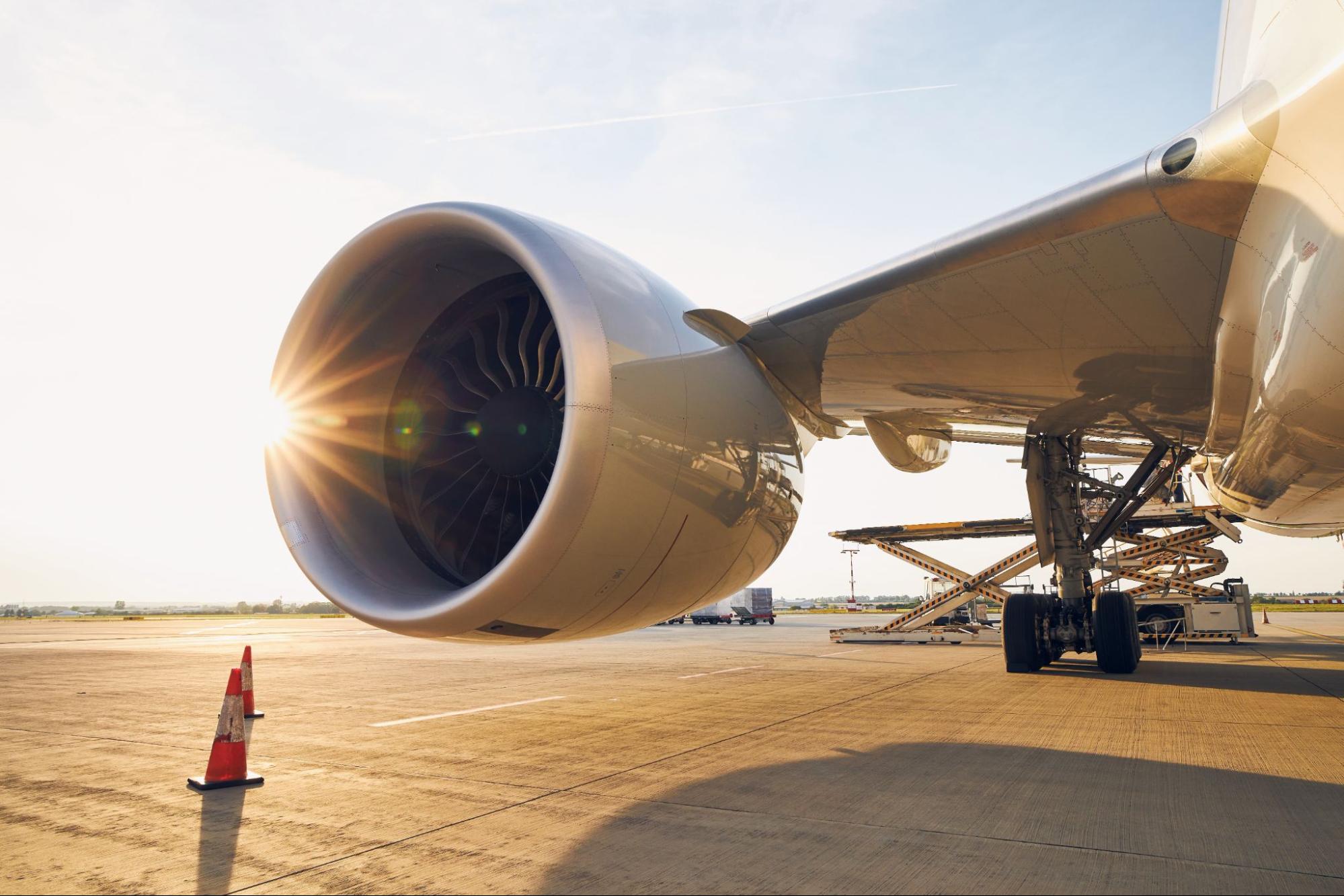3D Printing in the Aerospace Industry: Uses and Applications

Some may have misconceptions about 3D printing, and think that it’s limited only to creating prototypes. However, this innovative technology extends its reach far beyond the confines of desktop printers. In fact, it’s reaching for the skies — literally! 3D printing, also known as additive manufacturing, is rapidly transforming the aerospace industry. With that, let’s explore how this groundbreaking technology is transforming the way we design and produce components for aircraft and spacecraft.
Related: The 6 Benefits of 3D Printing Technology in the Aerospace Industry
On This Page
- Rapid Prototyping
- Complex Geometry
- Customization and Optimization
- Crafting Spare Parts
- Designing Lightweight Structures
- Cost Savings
1. Rapid Prototyping
One of the first places where 3D printing made waves in the aerospace industry is rapid prototyping. Engineers can now quickly fabricate scaled-down models of aircraft components, allowing for swift design iterations and testing. This accelerated prototyping process enables faster development cycles, ultimately speeding up the time it takes to bring new aircraft designs from concept to reality.
Complex components that once took weeks or months to manufacture can now be printed in a matter of hours or days, accelerating the overall manufacturing process and enabling faster delivery of aircraft to customers.
2. Complex Geometry
Aerospace components often require intricate designs that traditional manufacturing methods struggle to replicate. But with the help of 3D printing, it enables the creation of complex geometries that were once deemed impossible. From intricate air ducts to lightweight lattice structures, additive manufacturing unlocks new possibilities for innovative and aerodynamic designs, leading to more efficient and high-performing aircraft.
3. Customization and Optimization
No two aircraft are alike, and 3D printing recognizes that fact. Engineers can now customize components to meet the specific needs of each aircraft, whether it’s a commercial airliner or a space shuttle. Need a lightweight bracket for mounting equipment? No problem. How about a specialized engine part? Just print it! This level of customization not only enhances performance, but also reduces weight and improves fuel efficiency.
4. Crafting Spare Parts
In the fast-paced world of aerospace maintenance and repair, downtime is the enemy. 3D printing offers a solution by enabling the on-demand production of spare parts. Instead of waiting weeks for a critical component to be sourced and delivered, maintenance teams can simply print it on-site, minimizing aircraft downtime and ensuring the fleet stays airborne.
5. Designing Lightweight Structures
Weight is a constant concern in aerospace design, as lighter aircraft consume less fuel and can carry more payload. With 3D printing, engineers can design lightweight structures without sacrificing strength or durability. Utilizing advanced materials and intricate lattice structures can also help reduce overall weight, leading to more fuel-efficient and environmentally friendly aircraft.
6. Cost Savings
Though the upfront costs of adopting 3D printing technology might appear intimidating, its long-term financial benefits are unmistakable. By doing away with the necessity for costly tooling and minimizing material waste, additive manufacturing can result in substantial savings over time. Moreover, the capacity to manufacture parts as needed decreases inventory expenses and simplifies supply chain operations.
As 3D printing technology continues to evolve, its role in the aerospace industry is expected to expand even further. From advancements in materials science to the development of large-scale printing techniques, the possibilities are endless. As we look to the future, one thing is clear: 3D printing will continue to shape the way we design, build, and fly aircraft and spacecraft.
3D printing is not just a buzzword; it’s a game-changer to various industries, including the aerospace industry. From rapid prototyping to customized components, additive manufacturing offers a wealth of benefits that are propelling us toward a new era of flight.
Looking for quality 3D printing in the Philippines? Contact us today to learn more about our products!


